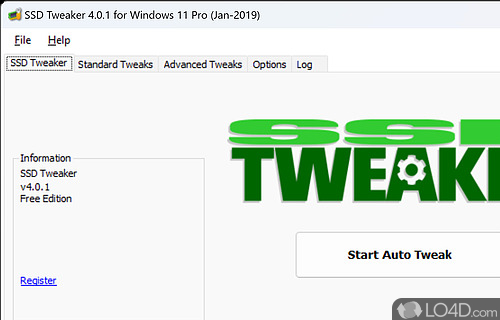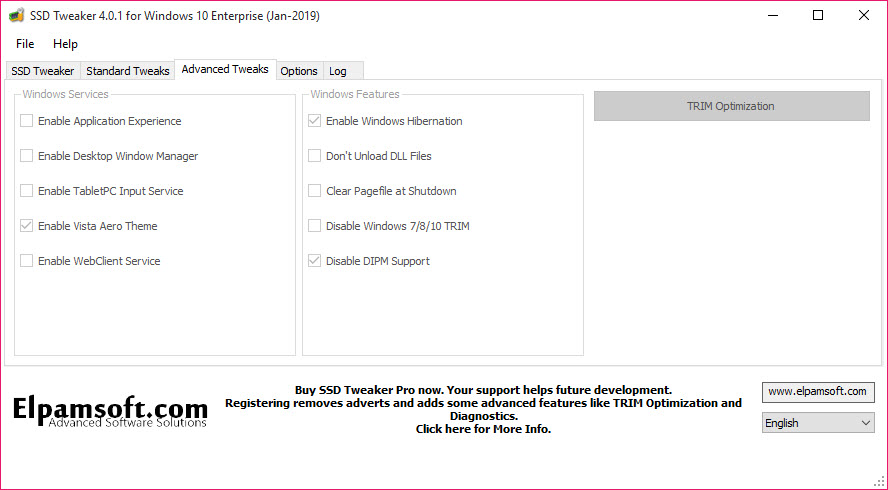

When you delete a file from an SSD, the TRIM command is also triggered. TRIM is a special command that runs alongside the deletion command. This adds time to the whole data handling process, slowing the drive down considerably – which is where TRIM comes in.Īctivating TRIM in Windows 7 and up is easy First, the data must be physically deleted and then the new data written. However, SSDs cannot simply overwrite the existing data when the space is needed. Like mechanical drives, the OS will remove directions to the deleted data and mark the space not in use. When the space is needed, the drive simply overwrites the data. The data actually remains in situ, but the markers that point to it are gone. The reason for this is down to how solid state storage chips handle the deletion and overwriting of data.Ī ‘traditional’ mechanical drive handles this in a simple manner: when files are deleted, Windows (or your chosen OS) goes to what is effectively it’s contents list, removes references to the data and marks the space as not in use. This is a very important feature of SSD technology without it, SSD disks can quickly become much slower than they should be. We’ll start with the big one and that’s TRIM. We’ll cover the best ways to utilise the power of your SSD, how to increase its speed and lessen the wear and tear. SSDs shouldn’t be used selectively, at least not until the technology drops in price to something comparable to a mechanical drive.Īt the moment, you’re best tailoring your system to maximise your SSDs capabilities and usefulness, and this is what we’re going to look at over the next few pages.


That, combined with the generally lower capacities, means that they need to be used with care if you want to get the most for your money. SSDs, for example, are limited in terms of rewrites.


 0 kommentar(er)
0 kommentar(er)
